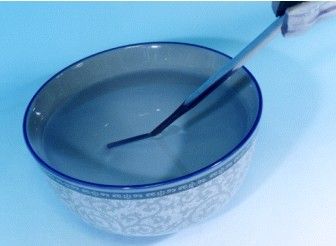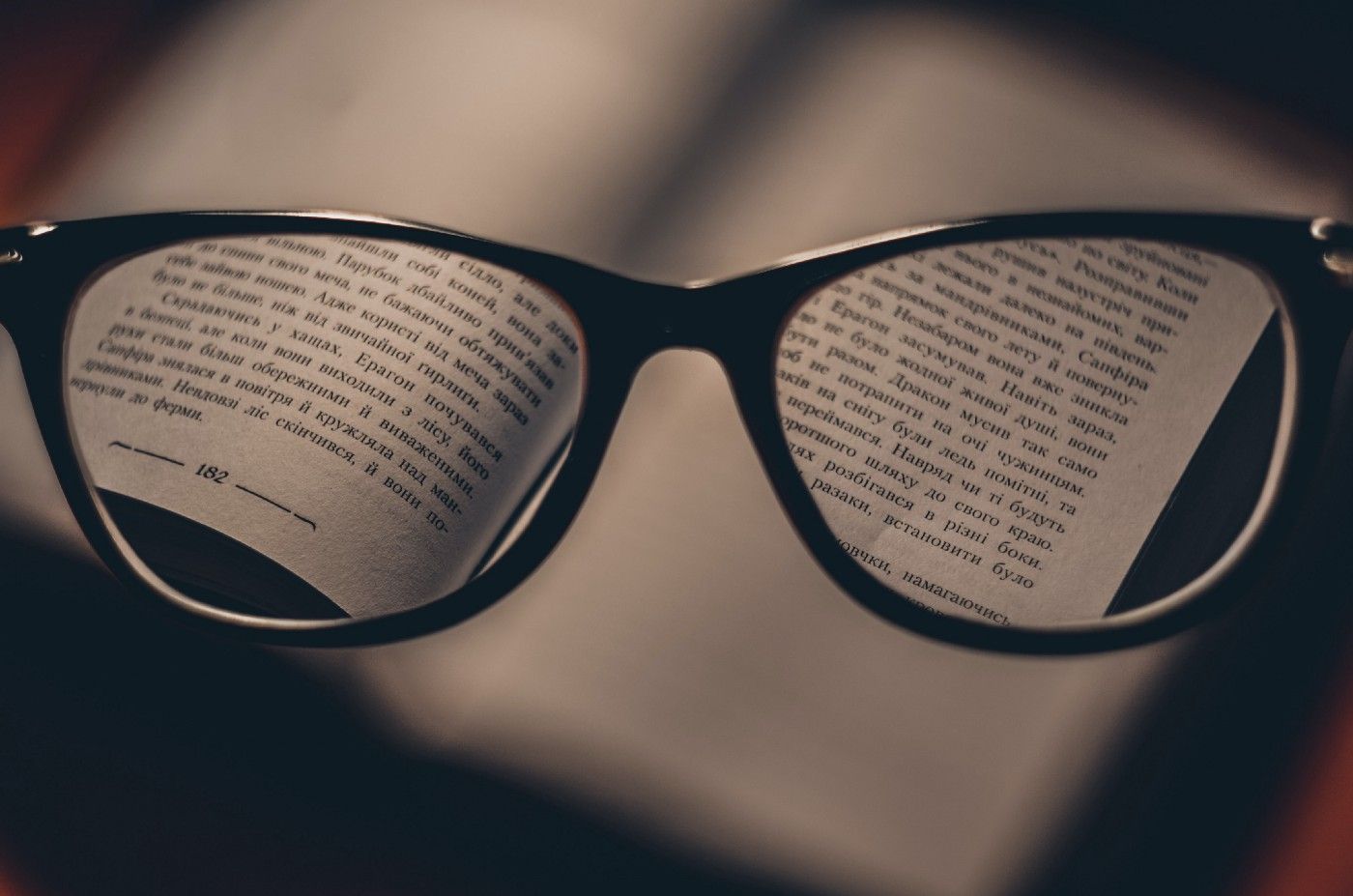📝📝: Object Notes|Glasses

Glasses are probably an object that bears the ambition in human history. This object symbolizes the determination of man to conquer the sky. When I was a child, I often thought that wearing glasses was very handsome, very good-looking, and very young. Therefore, I often watched TV at a very close distance, which led to myopia when I was a sixth grader, and it was out of control when I arrived in middle school. He has neither become handsome nor young, but instead spent a lot of money on glasses.
When I was in elementary school, I learned in the nature class: when light enters different media, refraction occurs. For example, the path of light passing through the lens will not be a straight line, but the path will be offset, which is the refraction of light. The easiest experiment to show the phenomenon of refraction is to put a chopstick into a water glass. The chopstick looks like it is broken in the water. In fact, the chopstick is not broken. This is because the light enters the water and is refracted. Causes the chopsticks to look like they are broken.

╴
In the physics and chemistry class in middle school, we learned more advanced: light entering a convex lens and a concave lens will produce focusing and divergence respectively. According to this characteristic, the former can be used as a corrective lens for hyperopia, while the latter can be used as a correction for myopia lens. I still remember that some questions in physics and chemistry in middle school even asked us to draw the path of light before and after entering the lens one by one. Although doing so did not make me admire this great invention more, at least I could get a good score on the exam.
If we have all learned about the phenomenon of light refraction, and I myself wear a concave lens to correct myopia, doesn't it mean that the metaphor of "broken chopsticks" happens all the time to everyone who wears glasses? If we can agree that a chopstick placed in a water glass looks like it is broken, then the world seen by people wearing glasses may also be distorted or even broken in some places?
If this metaphor can be established, it seems that the world seen by people with glasses and those without glasses should be different; just like, from the perspective of a third party, the chopsticks on the water are different from those under the water. , are two different worlds. We who have been scientifically trained know that this is the same chopstick, but it is the refraction of light that causes the chopsticks to "look" as broken; then, can people who wear glasses also say: the world after wearing glasses It just "looks" clear. The paranoid view of this chitchat made me push myself away from this great invention.

╴
I still remember the first time I saw this experiment in elementary school, I really believed that the chopsticks were broken. However, when I pulled out the chopsticks, I saw the whole and straight chopsticks appearing in front of me, but I was surprised at the moment. Happy again. It was not until the nature teacher taught me the physical properties of light that I understood that this was just a natural phenomenon, and the surprise of "broken chopsticks" when I was a child was surrendered to scientific knowledge.
As I learn more about science, it's as if I'm telling myself through science that the world is just like that. I always wonder, do people really need science to explore the world? , or, just use science to make your world a little less uneasy? Tell yourself with science: chopsticks are not broken, and my world should not be blurry, so I need glasses.
Like my work? Don't forget to support and clap, let me know that you are with me on the road of creation. Keep this enthusiasm together!

- Author
- More